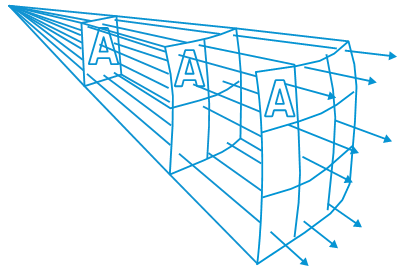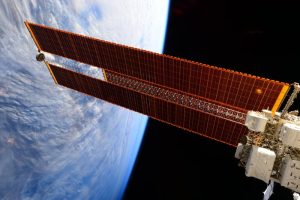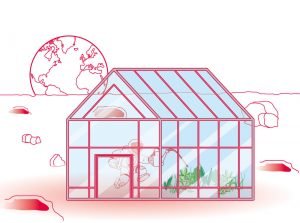Energia ze światła słonecznego - zasilanie badań kosmicznych energią słoneczną
W tym zestawie ćwiczeń uczniowie poznają dwa pojęcia, które mają wpływ na projektowanie paneli słonecznych dla misji kosmicznych: prawo odwrotności kwadratu i kąt padania światła.
Uczniowie przeprowadzą dwa proste badania z wykorzystaniem ogniwa fotowoltaicznego (ogniwa słonecznego) i źródła światła.
Najpierw zmierzą, jak moc produkowana przez ogniwa słoneczne zmienia się w zależności od odległości od źródła światła i spróbują doświadczalnie odtworzyć prawo odwrotności kwadratu dla natężenia światła.
Następnie studenci przeprowadzą drugi eksperyment, aby zbadać zależność mocy wyjściowej dla ogniwa słonecznego od kąta padania światła. Na koniec zastosują te koncepcje w rzeczywistych misjach kosmicznych ESA.
Cele nauczania
Zakres wiekowy:
14 - 18 lat
Czas
Przygotowanie: 1 godz.
Montaż eksperymentu: 20 minut
Lekcja: 1 godzina i 30 minut
Montaż eksperymentu: 20 minut
Lekcja: 1 godzina i 30 minut
Zasób dostępny w:
Ćwiczenie 1: Prawo odwrotności kwadratu
W tym praktycznym ćwiczeniu uczniowie obliczają moc wyjściową panelu słonecznego poprzez pomiar prądu elektrycznego i różnicy potencjałów elektrycznych oraz próbują odtworzyć prawo odwrotności kwadratu z pomiarów eksperymentalnych.

Sprzęt
Ćwiczenie 2: Kąt padania
W tym ćwiczeniu uczniowie dowiedzą się o znaczeniu kąta padania światła i korzyściach płynących z optymalnego ustawienia ogniw słonecznych. Poprzez eksperyment zmierzą, jak kąt padania światła wpływa na moc wyjściową.
Sprzęt
Ćwiczenie 3: Badanie przestrzeni kosmicznej za pomocą energii słonecznej
W tym ćwiczeniu studenci ćwiczą wykorzystanie prawa odwrotności kwadratu w odniesieniu do rzeczywistych misji kosmicznych ESA. Uczniowie odkryją jak właściwości prawa odwrotności kwadratu wpływają na to jak duże muszą być panele słoneczne oraz jak kąt padania promieni słonecznych ma kluczowe znaczenie dla misji odbywających się blisko Słońca.
Sprzęt
Wiedziałeś?
Międzynarodowa Stacja Kosmiczna (ISS) jest zasilana przez panele słoneczne. Obraz po prawej stronie pokazuje niektóre z paneli słonecznych na ISS, która jest domem dla maksymalnie sześciu astronautów w tym samym czasie. Podczas gdy ISS krąży wokół Ziemi, panele słoneczne mogą być obracane, aby skierować się bardziej bezpośrednio na Słońce. Panele zajmują powierzchnię 2500 m³ - co odpowiada wielkości połowy boiska piłkarskiego.

Panele słoneczne na ISS
Słowa kluczowe:

Księżycowa Konstytucja - Jak zorganizowana byłaby przyszła księżycowa społeczność?
Krótki opis: W tym materiale uczniowie omówią niektóre organizacyjne i społeczne cechy przyszłego osiedla na Księżycu i odniosą je do swoich

Robotic Arm - zostań inżynierem kosmicznym na jeden dzień
Krótki opis: W tym ćwiczeniu studenci dowiedzą się, jak działa ramię i zbudują inspirowane nim ramię robotyczne. Uczniowie zrozumieją różne

AstroCrops - Uprawa roślin dla przyszłych misji kosmicznych
Krótki opis: W tym zestawie ćwiczeń uczniowie będą budować zrozumienie kiełkowania i wzrostu roślin poprzez śledzenie rozwoju trzech nieznanych roślin



